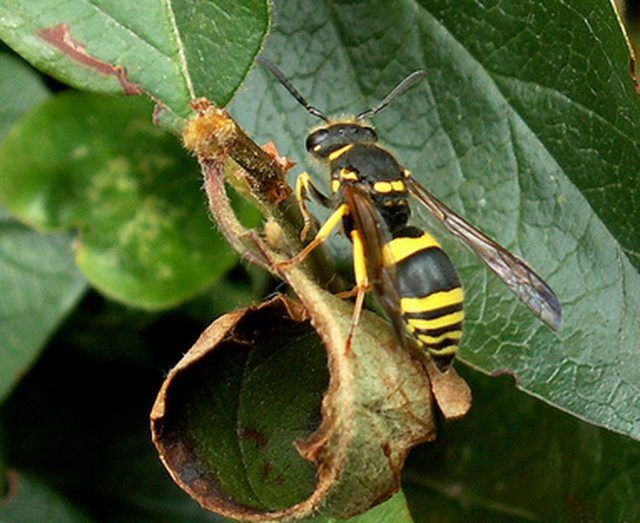Bulbs
Flower Basics
Flower Beds & Specialty Gardens
Flower Garden
Garden Furniture
Garden Gnomes
Garden Seeds
Garden Sheds
Garden Statues
Garden Tools & Supplies
Gardening Basics
Green & Organic
Groundcovers & Vines
Growing Annuals
Growing Basil
Growing Beans
Growing Berries
Growing Blueberries
Growing Cactus
Growing Corn
Growing Cotton
Growing Edibles
Growing Flowers
Growing Garlic
Growing Grapes
Growing Grass
Growing Herbs
Growing Jasmine
Growing Mint
Growing Mushrooms
Orchids
Growing Peanuts
Growing Perennials
Growing Plants
Growing Rosemary
Growing Roses
Growing Strawberries
Growing Sunflowers
Growing Thyme
Growing Tomatoes
Growing Tulips
Growing Vegetables
Herb Basics
Herb Garden
Indoor Growing
Landscaping Basics
Landscaping Patios
Landscaping Plants
Landscaping Shrubs
Landscaping Trees
Landscaping Walks & Pathways
Lawn Basics
Lawn Maintenance
Lawn Mowers
Lawn Ornaments
Lawn Planting
Lawn Tools
Outdoor Growing
Overall Landscape Planning
Pests, Weeds & Problems
Plant Basics
Rock Garden
Rose Garden
Shrubs
Soil
Specialty Gardens
Trees
Vegetable Garden
Yard Maintenance
Do Wasps & Hornets Overwinter in Nests?
Do Wasps & Hornets Overwinter in Nests?. Wasps and their nests are unwelcome inhabitants of any property. Although they can be nonaggressive, wasps are still large and intimidating, and can present a danger when children or pets are present. These insects can build large nests and grow to be very numerous, but are usually absent during cold...

Wasps and their nests are unwelcome inhabitants of any property. Although they can be nonaggressive, wasps are still large and intimidating, and can present a danger when children or pets are present. These insects can build large nests and grow to be very numerous, but are usually absent during cold weather.
The Facts About Wasps
Wasps are smooth flying insects, and can be very large at 1/2 to 2 inches in length. Unlike bees, which live off nectar and honey, wasps are carnivorous and eat other insects. They are nest-building creatures, who build very small to very large nests for living and raising their young. Nests also house one queen, who is in charge of laying eggs. Wasps can range from yellow and black to red or blue, depending on species.
Types
There are many types of wasps. Paper wasps, potter wasps, yellow jackets, hornets, cicada killer wasps, spider wasps, digger wasps and mud daubers are just some of the insects that make up this large group. Wasps are divided into a social category--those who build large nests like bee hives--and a solitary category--those where one adult builds a solitary nest to raise her young.
Wasp Nests
Wasp nests differ according to the type of wasp. As social wasps, yellow jackets build large, thriving nests like bee hives. As solitary wasps, mud daubers build small nests of only 1 to 2 cells. Wasp nests are usually tear-drop shaped and made of mud or wood and plant matter. They are found in protected areas like under the eaves of houses, or buried in the ground.
Winter Nests
Wasp colonies do not survive the winter. Any queen wasps that hatched in the fall leave the nest, breed with a male and then find a place to spend the winter. These insects winter under logs, in loose bark, in crevices or under tile. They hibernate over the winter and emerge in the spring to build new nests and lay eggs. All other wasps die out in the fall.
Considerations
Wasp populations can be decimated by eliminating nests. Wasps are sluggish at night and in cold weather. This is the ideal time to find nests, spray them with pesticides and destroy them.
Destroying old nests, or destroying nests without the wasps present, will not eliminate the wasps themselves. They will simply build a new nest.